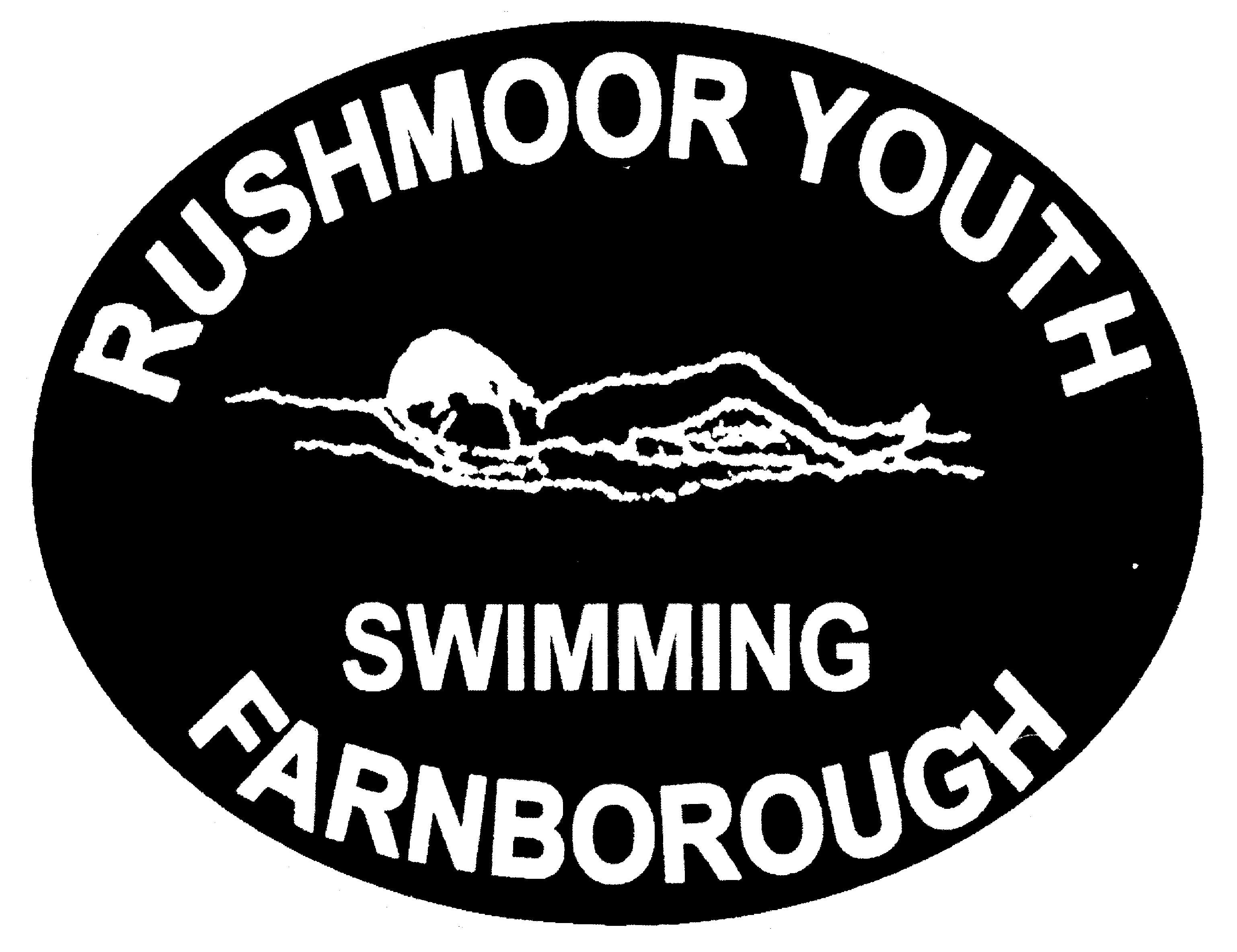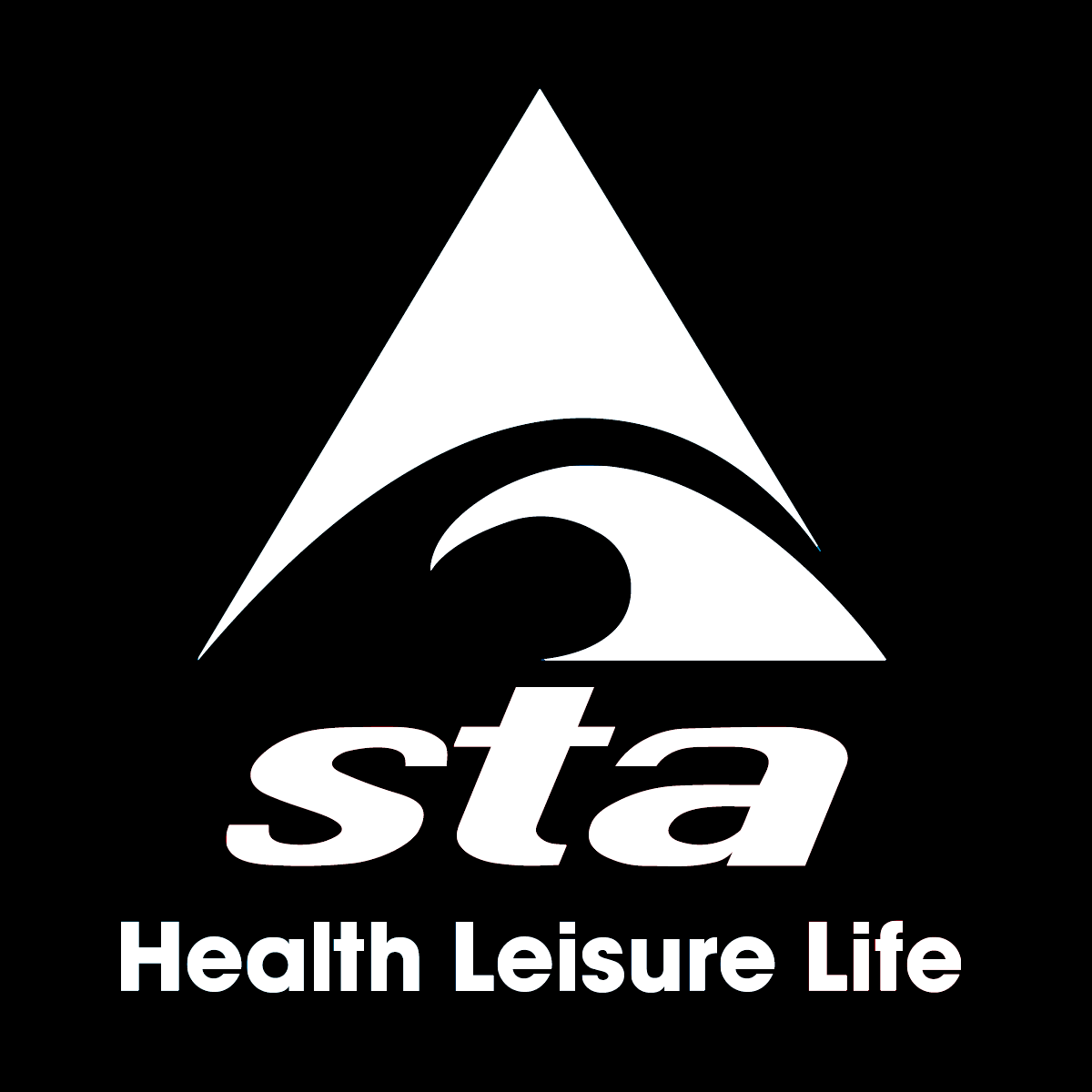
Water Safety Questions - Octopus & Goldfish
Water Safety Questions for Octopus 1, 2 & 3
1. What must you do before you come to your swimming lesson?
Use the toilet, blow your nose and have a shower2. How you get into the water safely?
Walk slowly down the steps or sit on the poolside using sit and swivel entry3. When are you allowed to get into the water?
When the teacher tells you to get in. When with parents, when they say you can get in.4. Who must you listen to when you come to the swimming pool?
Your teacher and their helpers, lifeguards and your parents.5. Give me a rule you must follow when you come to the swimming pool?
Never run on the poolside. Listen to teachers and lifeguards.
Don’t have a meal just before swimming.
Always have a shower before swimming. Do not push anyone in.6. Why should you walk around the swimming pool?
Poolside can be wet and slippery, if you run you could fall over and hurt yourself.7. Why should you stay with the person looking after you when you are at the swimming pool?
They will make sure you stay safe and help you to have fun.8. Give an example of a whistle signal you might hear at the pool and its meaning.
A long signal means get out of the pool as soon as possible. A short signal is to get someone’s attention.9. How do you know where the shallow end of the pool is?
There are signs saying how deep the water is. Most pools have the shallow end nearest the changing room.10. What should you do if you hear the alarm whilst you are swimming?
You will need to get out safely and follow instructions given by your teacher or the lifeguards.Water Safety Questions for Goldfish 1,2 & 3
1. How would you get help if someone was in difficulty - in the pool - in an open water location?
In the pool – tell a lifeguard shout for help; in open water – shout for help, if needed call
112 / 999 for coastguard (seaside) or fire & rescue service (inland).2. What are the four parts of the water safety code?
Never go alone. Spot the dangers, Take safety advice. Know how to get help.3. What differences are there between a swimming pool and open water?
The difference between swimming in a pool and swimming in open water are, in a pool there
is warm clean water and the pool floor is even, in open water the water is cold, mucky and of unknown
depth bottom can be uneven, there may be rubbish and weeds also fast currents.4. What dangers will you find in the home?
The bath, fish ponds, deep puddles, paddling pools and rainwater butts.5. What dangers would you find at a lake or river?
Unknown depth, dirty water, rubbish, water weeds, water currents, can be cold,
slippery banks and muddy bottoms.6. What dangers would you find at the seaside?
Waves, rock pools, quicksand, breakwaters, watercraft, unexpected changes in depth, and tides.7. What does a red flag flying at the beach mean?
Danger - Do not enter water8. Name some places it would not be safe to swim?
Fast moving rivers, near locks, weirs, waterfalls. All open water has its danger; if you
don’t know it is safe don’t go in. Never go in alone.9. What does a red and yellow flag flying at the beach mean?
Lifeguards are working – find out where they are if you need help.10. Why should you never go swimming alone?
It does not matter how good a swimmer you are, it is always possible to have an accident or
become ill, If you go swimming alone there is no one to get help
| Club Consitution | Club Rules | Club History | Volunteer Login |
 |
|
 |
